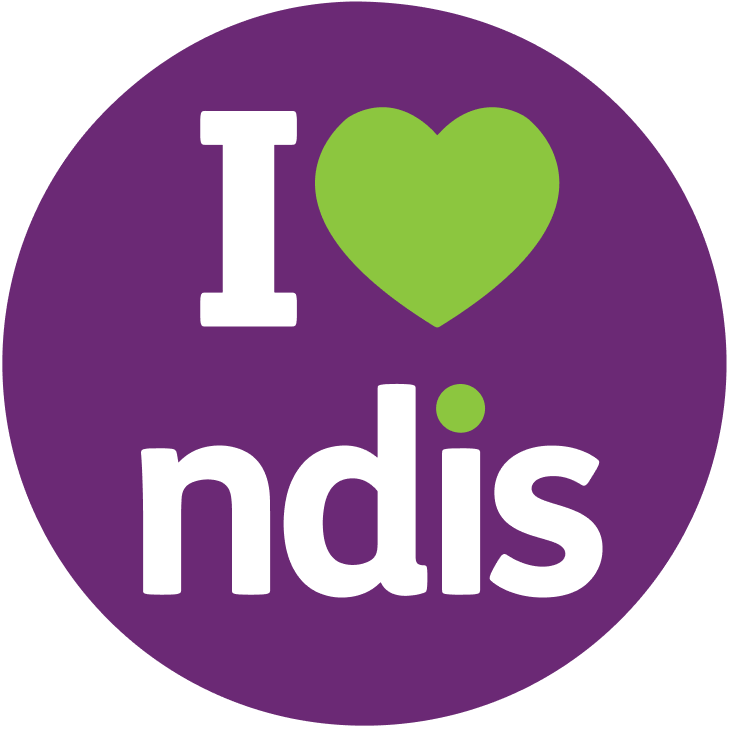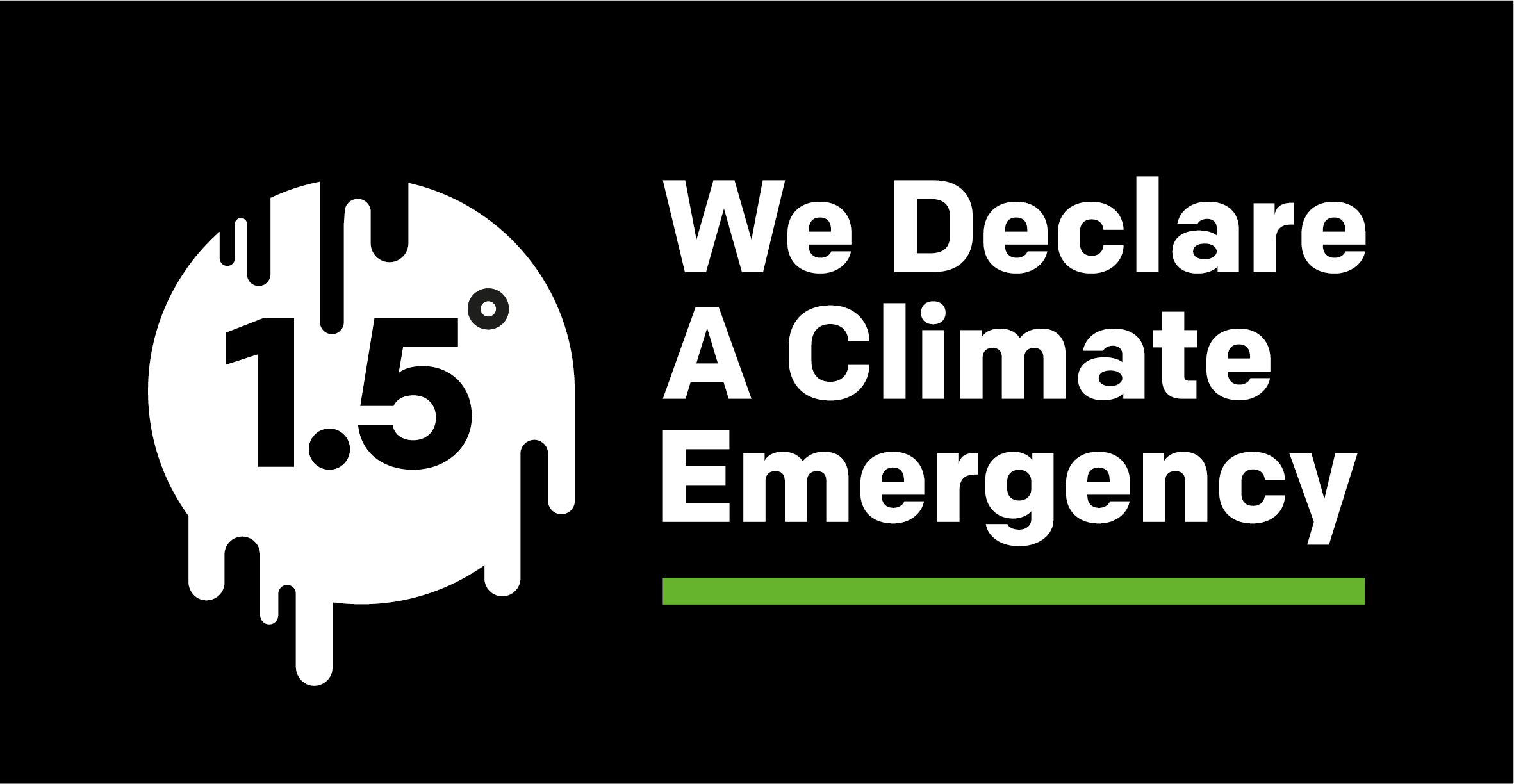Neurodiversity

What is Neurodiversity?
Neurodiversity is not a new concept, with the term first being used in the 1990s by sociologist Judy Singer. It was originally viewed in biological terms, recognising that all individuals have unique ways of thinking and understanding, have unique abilities and needs and are part of our overall biodiversity. The Neurodiversity movement has become increasingly prevalent in the media in recent times, with the movement being led by neurodiverse individuals, people with Autism, ADHD, dyslexia, dyscalculia, bipolar and OCD. The main focus of the movement is to reframe and shift current thoughts and practices about neurodiverse communities from a disordered or deficit-based understanding to one that acknowledges and celebrates neurodiverse differences and how this benefits society.
While this is not a new concept, it is a new space that a lot of people are navigating and continually learning about. As an Allied Health Assistant, it is important to implement strength based and client centered practice. So, when it comes to working with neurodivergent clients, we need to be aware of what neurodiversity means and how this can influence our therapy mindset, moving away from a medical model of “fixing or treating a problem” to a social model of supporting the client to interact with the environment the way that suits them best. By having a good understanding, this can positively influence the way that we work with some of our clients.
How can I be more neurodiverse-affirming?
There are many ways we can be neurodiverse-affirming in our practice, one of them being the words and language we use when referring to or discussing Autism. Clients may have different and personal preferences about how they would like to be addressed, where some prefer ‘identity first’ language (e.g. ‘Autistic person’) or ‘person-first language’ (e.g. ‘person with Autism’ or ‘person on the Autism spectrum’). As it is very personal to the individual, it is important that we ask the client about their preferences and follow their lead.
Here are some other terms that we can begin to use when talking about and describing abilities and differences that Autistic people have:
| Instead of: | Try: |
| Autism Spectrum Disorder | Autism |
| High or low functioning | Describe the level of support they require |
| Treatment or intervention | Support services, describe strategies |
| Special needs | Describe individual, specific needs |
| Non-verbal | Non-speaking |
| Restricted or special interests | Passions or hobbies |
| Attention seeking | Connection seeking |
Adapted from Reframing Autism 2022 – https://reframingautism.org.au/neurodiversity-affirming-language-a-letter-to-your-childs-support-network/
There are new changes and understandings about neurodiversity everyday as it is an ongoing conversation and emerging space. Always reach out to your AHP if you have any questions or want to clarify anything about your work with the client.
Chloe
Fora's Speech Pathology team





